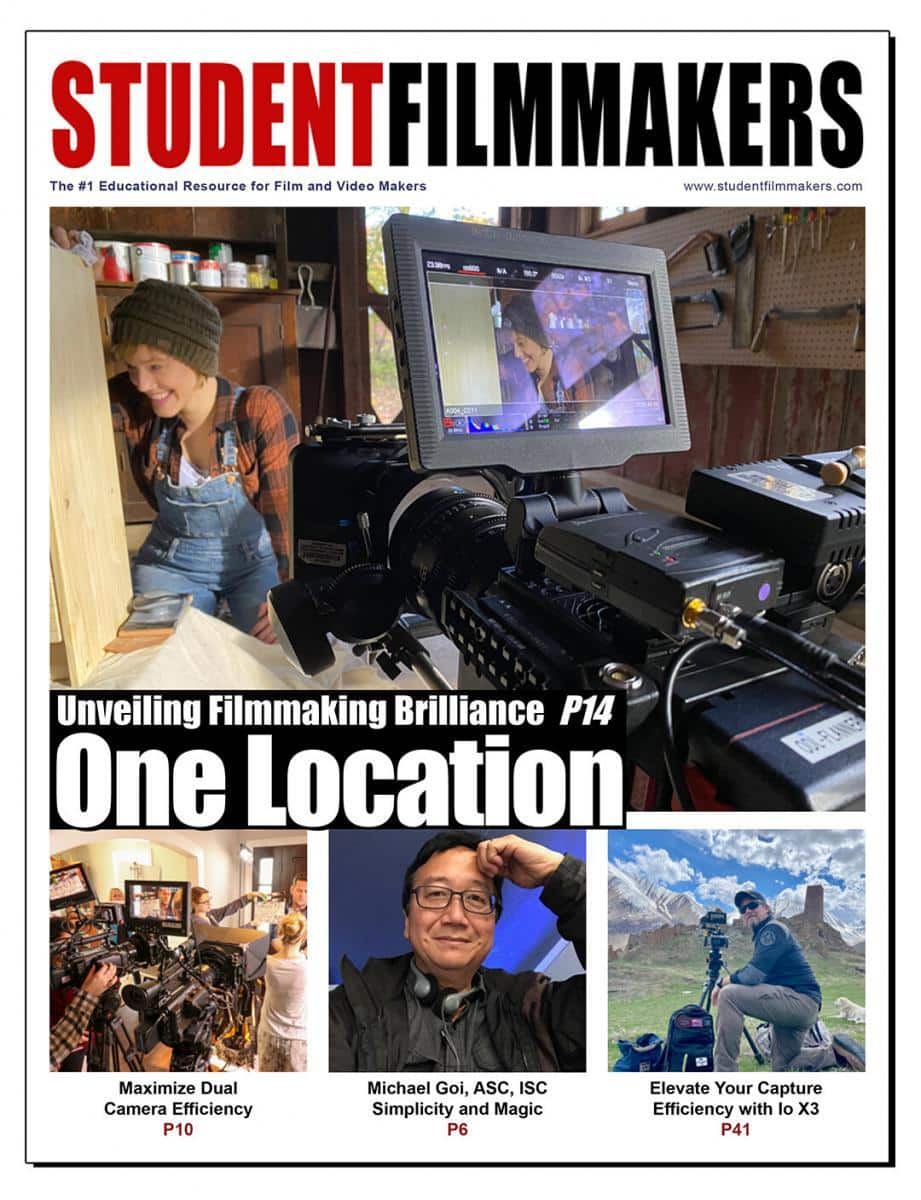The domain of storytelling has witnessed considerable evolution, concomitant with advancements in technology and shifts in societal norms. Screenwriting, a fundamental component of the film industry, has been significantly impacted by these changes. The present discourse delineates ten pivotal ways in which screenwriting has evolved in the contemporary era, supplemented with illustrative examples from seminal films that have characterized the 21st century.
- Diversity and Inclusion: Contemporary screenplays frequently feature characters of diverse racial, gender, and sexual orientations, reflecting a commitment to representation and inclusivity that mirrors changing demographics and societal attitudes.
- Example: “Black Panther” (2018) predominantly features a Black cast and showcases African culture, while “The Danish Girl” (2015) centers around a transgender woman navigating her identity.
- Complex Characters: Modern screenplays often depict characters as multi-dimensional and complex, emphasizing character development and arcs, and portraying characters as flawed and relatable rather than archetypal or stereotypical.
- Example: “Silver Linings Playbook” (2012) portrays Pat Solitano, a character grappling with bipolar disorder and trying to rebuild his life.
- Non-linear Narratives: Contemporary screenplays frequently employ non-linear narrative structures, which include flashbacks, flash-forwards, and multiple timelines, enabling more complex storytelling and character development.
- Example: “Eternal Sunshine of the Spotless Mind” (2004) employs a non-linear narrative structure to portray the complexities of memory and relationships.
- Genre Blending: Modern screenplays often amalgamate elements from multiple genres, resulting in films that defy easy categorization.
- Example: “Stranger Things” (2016-) combines elements of science fiction, horror, and drama.
- Naturalistic Dialogue: Dialogue in contemporary screenplays often mirrors the manner in which individuals genuinely communicate, emphasizing authenticity and realism over formal, stylized dialogue.
- Example: The dialogue in “The Florida Project” (2017) is naturalistic and reflects the way real people, including children, speak.
- Technology Integration: Contemporary screenplays often incorporate elements of modern technology, such as smartphones, social media, and the internet, reflecting the changing technological landscape and its impact on society.
- Example: “Her” (2013) revolves around a man who develops a relationship with an artificial intelligence operating system.
- Contemporary Themes: Modern screenplays often address contemporary themes and issues, such as climate change, mental health, and social justice, emphasizing relevance and social commentary.
- Example: “The Big Short” (2015) focuses on the financial crisis of 2007-2008 and its impact on society.
- Visual Storytelling: Contemporary screenplays often place a greater emphasis on visual storytelling, with more detailed descriptions of the visual elements of a scene, reflecting advancements in cinematography and special effects.
- Example: “Gravity” (2013) uses dynamic visual storytelling to convey the narrative with minimal dialogue.
- Standardized Formatting: The formatting of screenplays has become more standardized over the years, with specific guidelines for margins, spacing, and font size, facilitating the evaluation of screenplays by industry professionals.
- Example: Most contemporary screenplays follow the industry-standard formatting guidelines as outlined in screenwriting books like “The Screenwriter’s Bible” by David Trottier.
- Conciseness: Modern screenplays are often more concise than those from earlier eras. The average length of a feature film screenplay is now around 90-120 pages, whereas in the past, it was common for screenplays to be much longer.
- Example: While historical epics like “Ben-Hur” (1959) had a screenplay of over 200 pages, most contemporary screenplays, like “Whiplash” (2014), aim to keep the page count between 90-120 pages.
These examples illustrate the general trends in contemporary screenwriting, although there are always exceptions and variations. Additionally, while many of these trends reflect positive changes in the industry, there are also challenges and controversies, such as the ongoing struggle for greater diversity and inclusion in Hollywood.
Be sure to sign up and say hello to our beautiful community: Create an Account – Student Filmmakers Magazine



